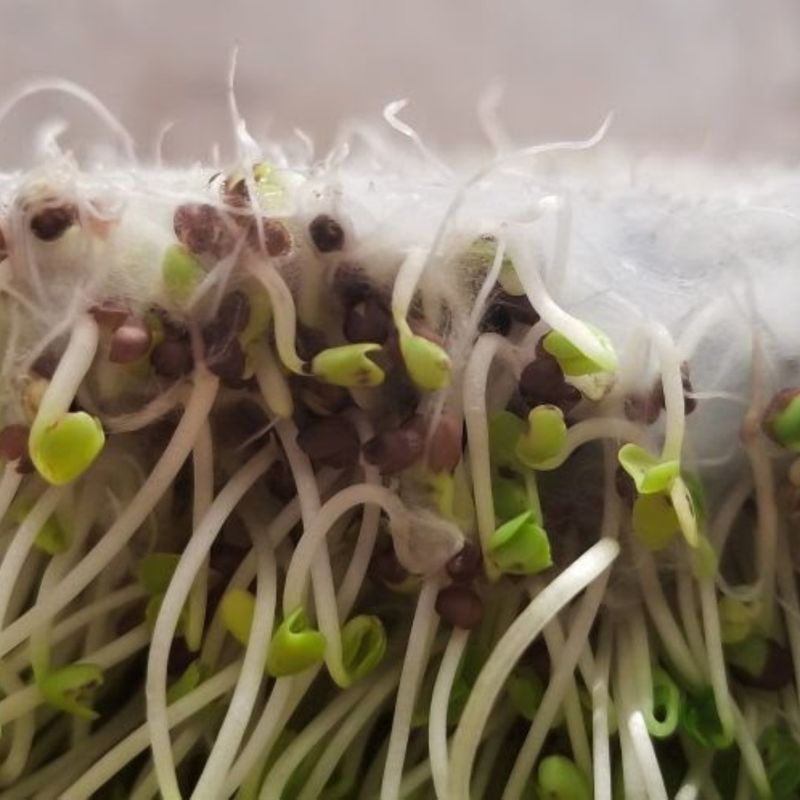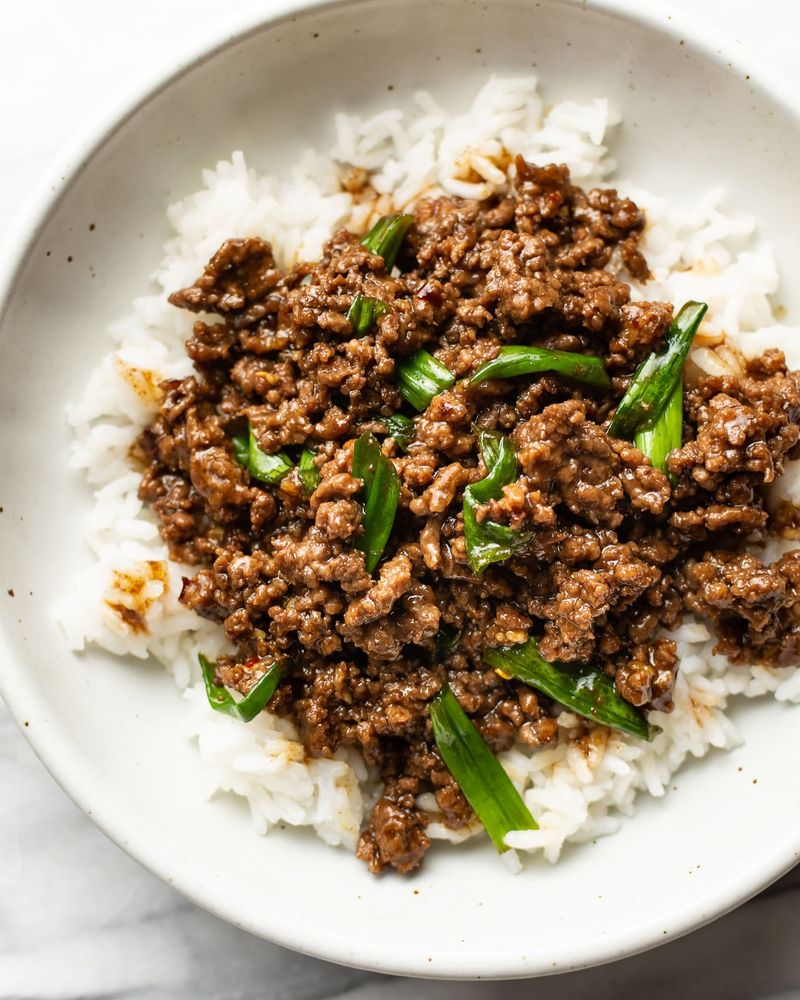We all love to think of our kitchens as safe havens—where home-cooked meals nourish our bodies and bring families together. But lurking behind some of the most common ingredients in your fridge are hidden dangers that can turn an ordinary meal into a serious health crisis. According to food safety experts, certain foods carry a much higher risk of foodborne illness, and knowing what they are—and how to handle them—can make all the difference.
From proteins you grill to greens you toss in your salad, some everyday favorites are frequent offenders when it comes to contamination with dangerous bacteria like Salmonella, E. coli, and Listeria. These microscopic threats aren’t just gross—they can cause intense gastrointestinal symptoms, hospitalizations, and in the worst cases, even death. And the scariest part? You can’t always see, smell, or taste when your food is unsafe.
Improper storage, undercooking, or cross-contamination are just a few of the ways these risky foods can go from delicious to dangerous in seconds. Even healthy options like leafy greens and sprouts—praised for their nutritional value—can become serious hazards if they’re not handled properly. And fan-favorite indulgences like raw oysters or rare burgers? They might seem gourmet, but they come with serious health warnings attached.
If you think food poisoning is just a temporary inconvenience, think again. For young children, the elderly, pregnant women, and people with weakened immune systems, it can be life-threatening.
So before you prep your next meal, read on. These are the top five foods experts warn about most when it comes to food poisoning—and how you can protect yourself and your family from the hidden dangers they carry.
1. Raw Chicken

Almost half of all raw chicken carries some Salmonella bacteria, making it a top food poisoning threat. Even a tiny amount can multiply rapidly at room temperature, causing severe illness within hours after consumption.
Proper handling is essential – always use separate cutting boards, wash hands thoroughly after touching raw chicken, and cook it to an internal temperature of 165°F. The danger zone between 40°F and 140°F is where bacteria thrive fastest.
Cross-contamination frequently occurs when raw chicken juices touch other foods or kitchen surfaces. Remember that freezing doesn’t kill bacteria – it only slows their growth until thawing.
2. Leafy Greens

Spinach, lettuce, and kale might be nutritional powerhouses, but they’re also frequent carriers of E. coli and other harmful bacteria. Their numerous folds and crevices create perfect hiding spots for contaminants that washing alone can’t always remove.
Farm contamination often happens through irrigation water or improper handling during harvesting. Pre-washed greens aren’t necessarily safer – several major outbreaks have been linked to bagged salads.
For maximum safety, consider cooking leafy greens when possible, as heat kills most harmful bacteria. If eating them raw, buy whole heads rather than pre-cut options and wash thoroughly under running water.
3. Sprouts

The warm, humid conditions needed to grow sprouts create the perfect environment for dangerous bacteria like E. coli and Salmonella. Unlike most vegetables, sprouts can’t be thoroughly washed to remove these contaminants because the bacteria actually grow inside the sprouts.
Food safety experts consider raw sprouts so risky that they recommend pregnant women, children, elderly people, and those with weakened immune systems avoid them completely. The CDC has linked numerous outbreaks to various types of sprouts over the years.
If you can’t resist their crunch, cooking sprouts thoroughly is the only reliable way to kill harmful bacteria and enjoy them safely.
4. Raw Oysters

Slurping raw oysters might seem sophisticated, but these filter-feeding mollusks concentrate everything in their environment – including harmful Vibrio bacteria. This naturally occurring bacteria thrives in warm coastal waters and can cause severe illness or even death in vulnerable people.
Summer months bring the highest risk as warmer water temperatures lead to increased bacterial growth. Many oyster lovers don’t realize that hot sauce, lemon juice, and alcohol don’t kill these dangerous bacteria.
The FDA warns that people with liver disease, diabetes, or weakened immune systems should never eat raw oysters. For everyone else, thoroughly cooked oysters are the only guaranteed safe option.
5. Ground Beef

Ground beef presents unique dangers because harmful bacteria that might only exist on the surface of a steak get mixed throughout the entire patty during grinding. A single contaminated piece can spread bacteria throughout an entire batch.
The mixing process creates countless surfaces for bacteria to multiply, making proper cooking essential. That’s why health experts recommend cooking ground beef to 160°F – higher than the temperature for steaks.
Color isn’t a reliable indicator of safety – some ground beef might look brown before reaching a safe temperature, while other batches might remain pink even when fully cooked. Always use a meat thermometer for certainty.
Leave a comment